

Max Davies
2025 Toyota HiAce LWB review
6 Days Ago
It looks like every newly developed Mercedes-Benz van from now on will be electric, as petrol and diesel offerings are gradually phased out.

Senior Contributor
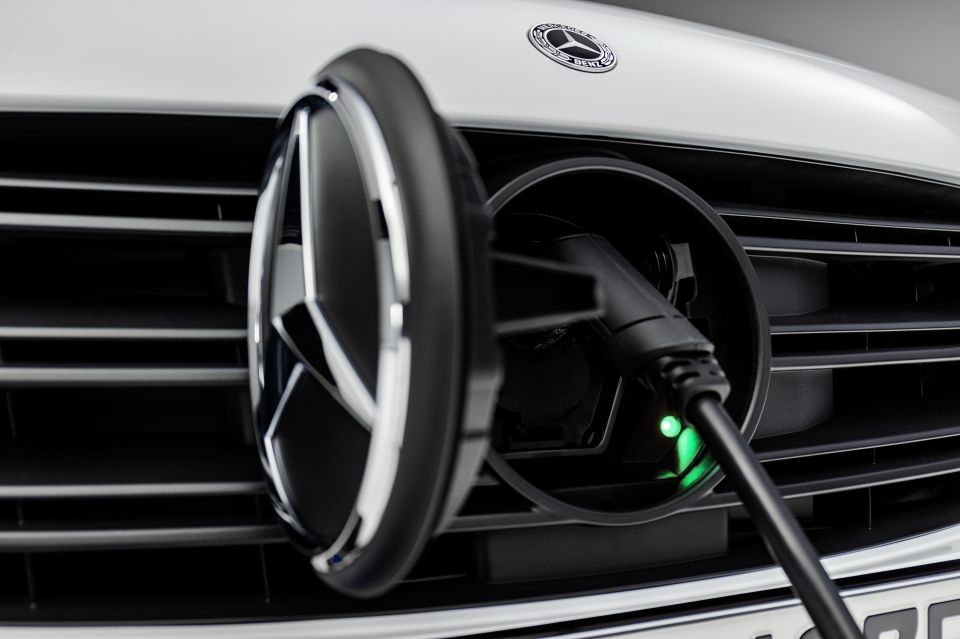

Senior Contributor
Head of Mercedes-Benz Vans division Marcus Breitschwerdt says the new petrol and diesel Citan revealed overnight will be its final R&D project using combustion engines.
This means that while the current Citan light van, Vito medium van and Sprinter heavy van will continue to offer internal combustion in their current generations, all new developments from here will be “exclusively” electric.
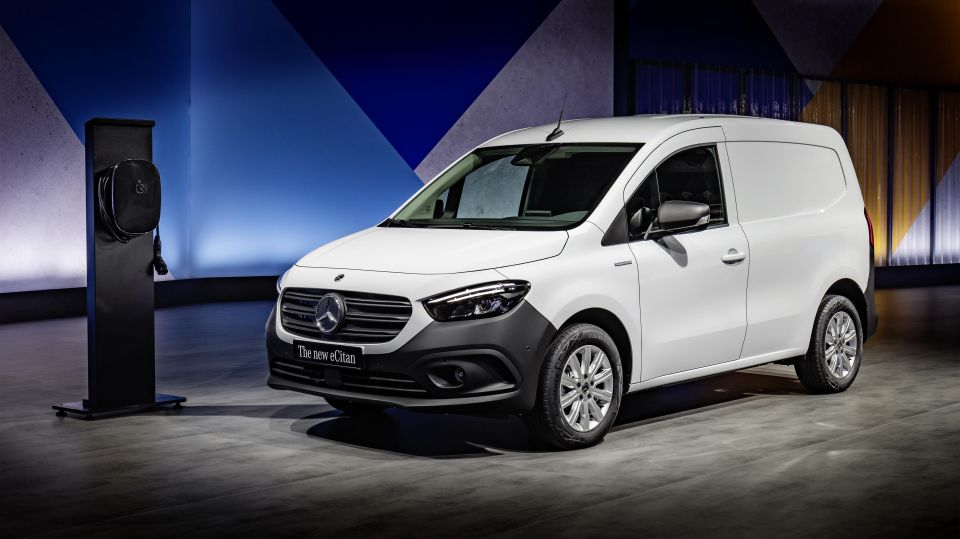
“The Citan is… the last new vehicle project for commercial customers at Mercedes-Benz Vans to use a combustion engine,” Mr Breitschwerdt announced overnight.
“All future new developments will exclusively be available with an electric drive. A logical step of this consistent electrification is thus the new eCitan,” he added, seemingly indicating that plug-in hybrids were therefore off the table too.
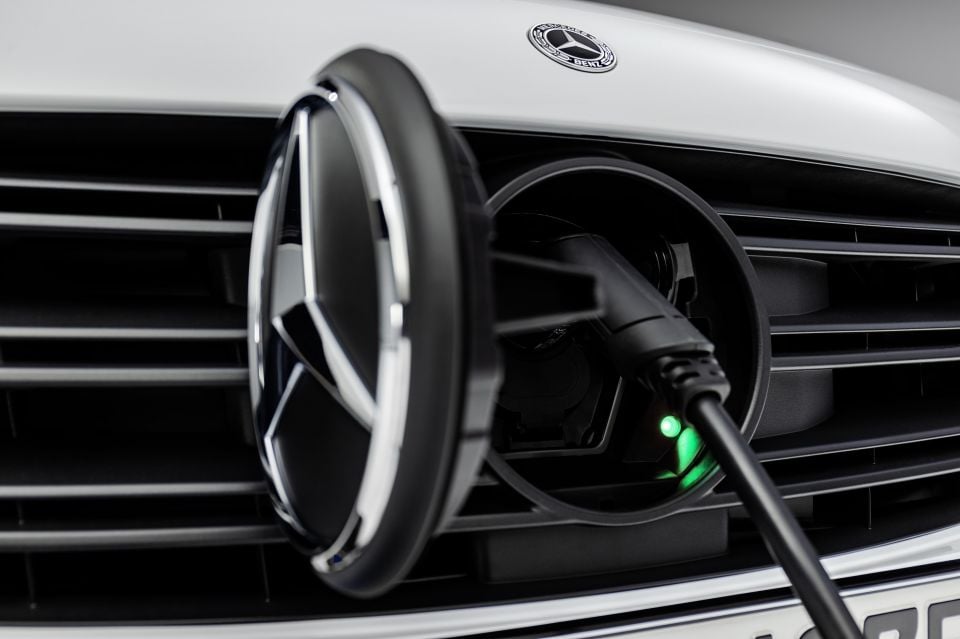
The eCitan electric van joins the European range (no word regarding Australia yet) from the second half of 2022, with 285km of range in WLTP tests, a 10-80 per cent recharge capability of 40 minutes, and diesel-matching towing and payload.
Mercedes-Benz Vans already produces eVito and eSprinter with 150km range for last-mile delivery services, though neither are yet sold in Australia.
At present this range clearly won’t suit all buyers in all countries, so the R&D will focus on cutting prices, growing range, and enhancing quick-charging.
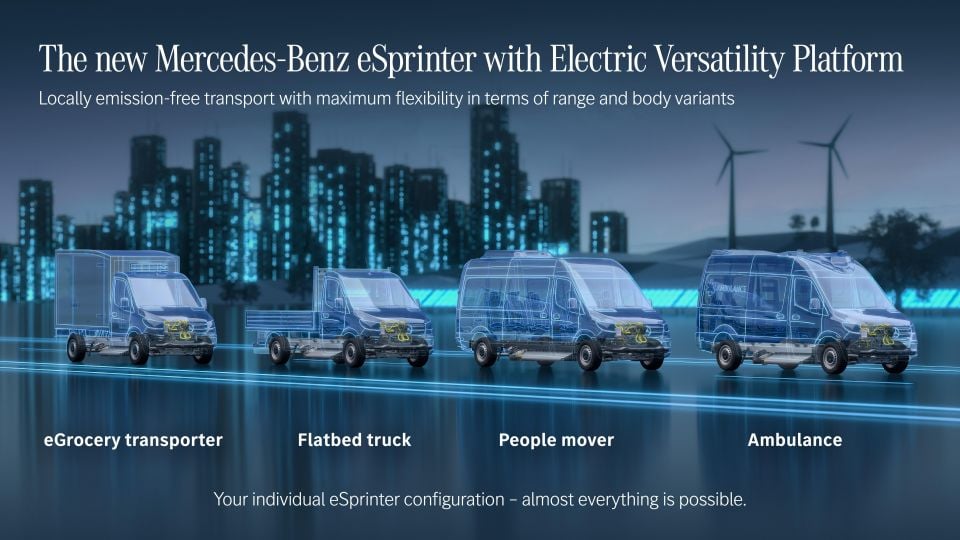
Mercedes-Benz (also including SUVs) shifted from an “electric-first to electric-only” plan in July this year, pledging to go all electric by 2030 “where market conditions allow”. This last bit is a key ‘out’ if needed.
According to the luxury car maker, all of its new platforms from 2025 onwards will be EV only. They’ll be called MB.EA for all medium to large vehicles, AMG.EA for performance cars, and VAN.EA for commercial vehicles.
Only legacy platforms will support ICE.
MORE: Mercedes-Benz to be EV only by 2030 ‘where conditions allow’
Where expert car reviews meet expert car buying – CarExpert gives you trusted advice, personalised service and real savings on your next new car.


Max Davies
6 Days Ago
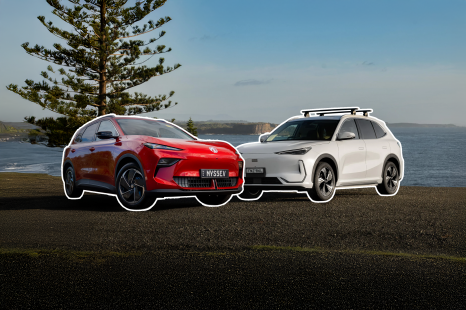

Andrew Maclean
5 Days Ago


Max Davies
4 Days Ago
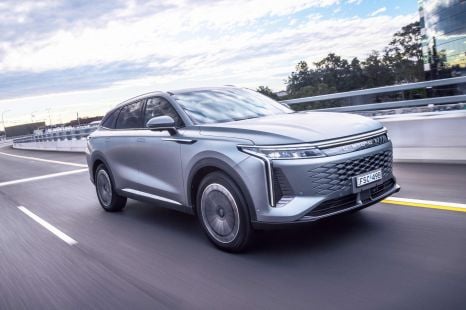

Damion Smy
2 Days Ago
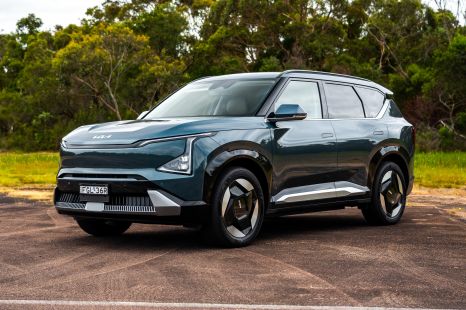

James Wong
2 Days Ago


Angus MacKenzie
8 Hours Ago